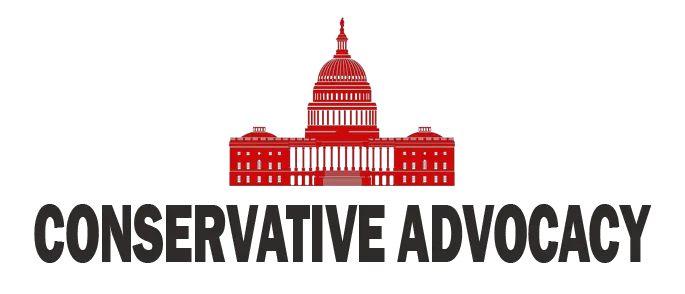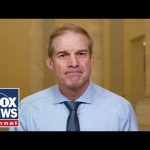The U.S. equity markets are climbing higher, much to the delight of investors and the bewilderment of some critics. Recently, the Dow Jones Industrial Average reached new all-time highs, even amidst ongoing discussions about President Trump’s tariffs. While many fear uncertainty swirling around these tariffs, it seems the market is reacting with a level of optimism that some might find surprising.
One key observation is how the market seems to bounce back swiftly after downturns. Investors have learned a valuable lesson: some of the market’s worst days can often lead to the best days. The recent turmoil, tied to worries about tariffs ranging anywhere from 10% to a shocking 35%, has not deterred the resilience seen on Wall Street. Instead, it appears that investors are starting to see the clarity behind Trump’s strategy and are adapting their plans accordingly.
The discussion on tariffs has mostly revolved around how they will impact prices and international trade. The recent commentary pointed out the significant value-added taxes present in countries like Canada and several European nations, suggesting that the tariffs might simply mirror a consumer tax already prevalent in those markets. If, for instance, Canada implements a reciprocal tax of around 13%, it could be absorbed by businesses and consumers here, especially with advancements in productivity-enhancing factors such as artificial intelligence.
This leads to the question of whether these tariffs could pave the way for a more accommodating market or if they pose a long-term risk. While investors seem willing to embrace a 10% to 13% tariff, fears start to emerge when considering higher rates. The discussions around these tariffs show a balance, as the market seems poised to accept reasonable changes while being wary of extreme measures that might upset the current growth trajectory.
In the midst of this, the Federal Reserve’s potential moves on interest rates are stirring conversations. Many in the Republican realm have noticed the historical tension between presidents and the Fed, where lower interest rates are a constant request. Still, the independence of the Fed is vital to keep the U.S. economy stable and attractive for global investment.
Looking ahead, it seems investors are still strategically placing their bets in favor of U.S. markets. With sovereign wealth finding its way to America and a general resilience to market volatility, the landscape appears bright. There’s a mix of cautious optimism and sharp awareness about the influencing factors emerging from both domestic policies and global dynamics. For now, the users of Wall Street are riding high, navigating the unpredictable waters of tariffs, interest rates, and international exchange with an unwavering spirit.




